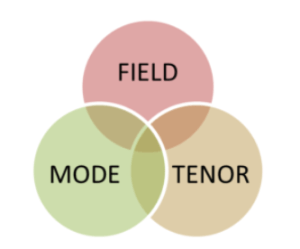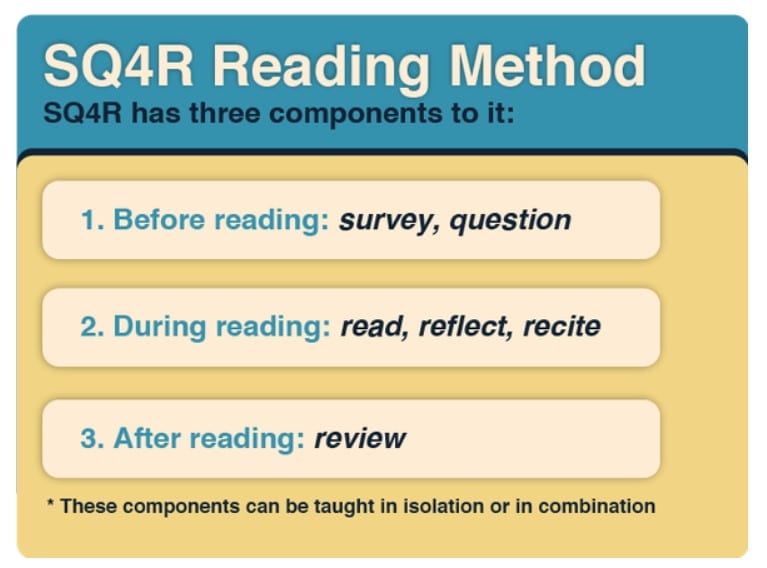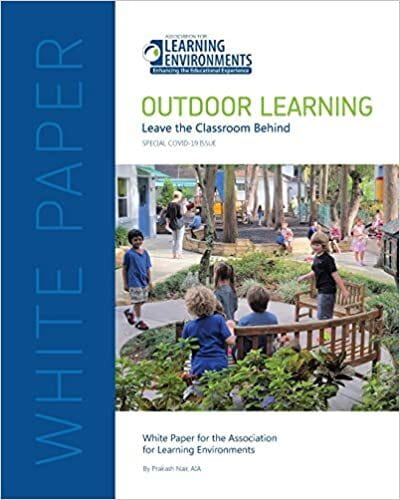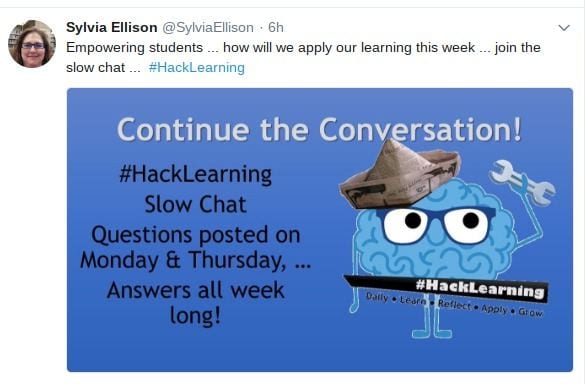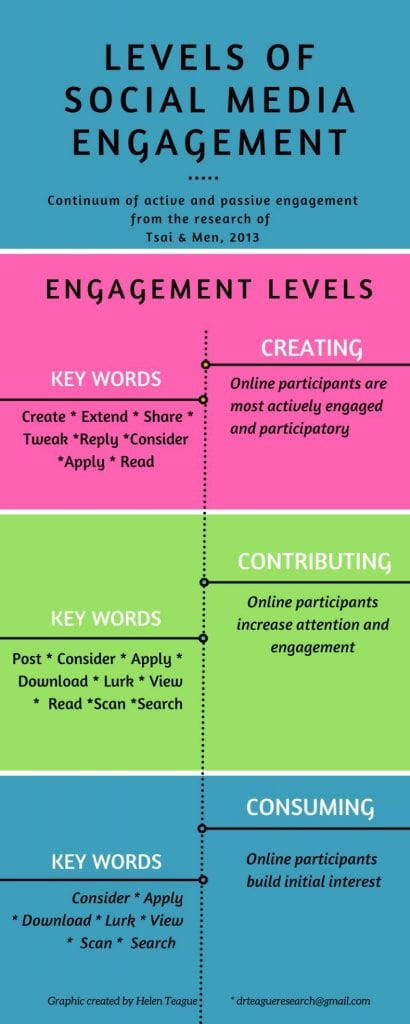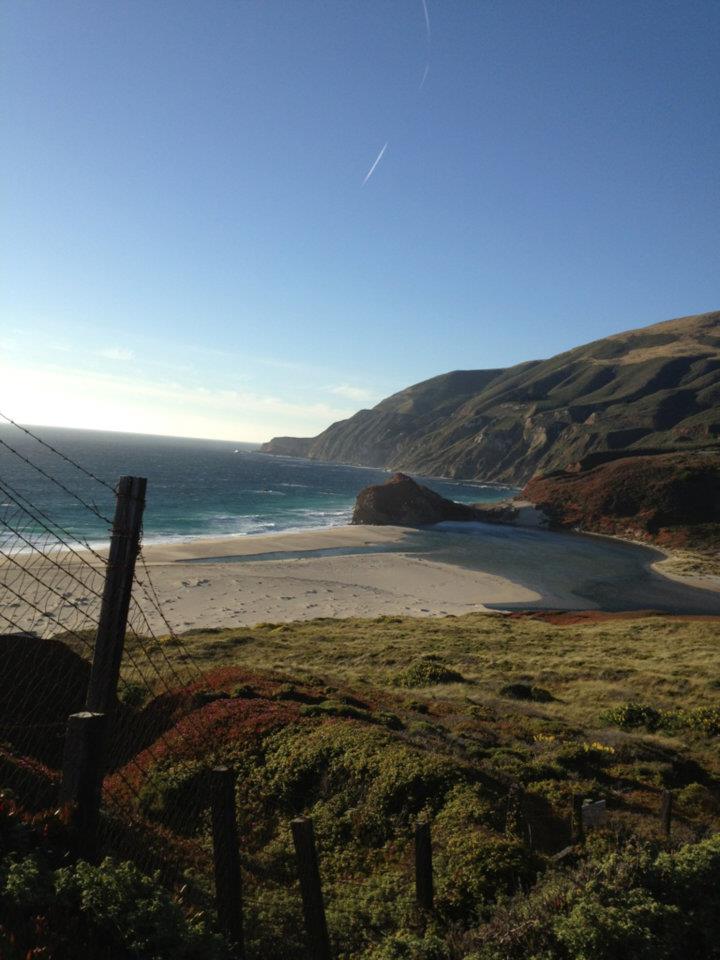Try SQ4R to Tackle Class Resource Reading and as a Study Strategy
SQ4R is a Learning Strategy for Adult Learning Andragogy that helps with heaps of textbook reading.
The SQ4R active learning strategy and reading system provides scaffolding for textbook reading and taking notes.
The letters in the SQ4R acronym stand for six steps:
Survey
Question
Read
Reflect
Recite…and…
Review
Some versions change words four and five for the key words: Survey, Question, Read, Respond, Record, and Review.
These keywords will help all students, but especially busy graduate students learn more from textbook reading with better preparation for assignments, posts, and quizzes. SQ5R also helps identify gaps in understanding, which is very helpful for online learning, since most of the initial concept acquisition is completed during solitary study.
The most effective way to implement SQ4R is to think of Before Reading, During Reading, and After Reading.
See this Image Link: http://mhcedls.weebly.com/sq4r.html
Let’s go granular with the six components.
Survey: Scan the titles and subtitles. Study the pictures, charts, or graphs.Read the chapter preface,summary and any chapter questions.
Question: Turn each title, section title, and the first sentence of every paragraph into a question
Read: Read only one section at a time and look to answer the questions that you created.
Reflect: Connect what you’ve read to the Discussion Forum prompts and the assignment instructions. Also, consider connections to your professional practice.
Recite/Record: Speak out loud the questions you created and the answers you’ve found. Read outloud the bolded or emphasized portions of the text. My daughter used to use the record feature on her iPhone to record important components of the readings and her impressions.
Review: Keep notes out and visible for quick review. Several students have shared that they take a photo of their notes with their mobile phone and/or take a screenshot of digital notes. Many students have shared that they email their notes to their work email address so they can see them at work. Look at notes first before each new study session.
To learn more, please see the information at this link from Educational Learning Strategies- http://mhcedls.weebly.com/sq4r.html
and this link from this blog: https://4oops.edublogs.org/2022/01/10/sq4r-learning-strategy-for-adult-learning-andragogy/
Additional SQ4R Resources:
University of Wisconsin-Oshkosh: https://www.usu.edu/academic-support/files/SQ4R_Reading_System.pdf
Utah State University: https://www.usu.edu/academic-support/files/SQ4R_Reading_System.pdf
University of Guelph: https://guides.lib.uoguelph.ca/c.php?g=697430&p=5011752
Queen’s University: http://sass.queensu.ca/wp-content/uploads/2020/06/Reading-2020.pdf
Image Link: http://mhcedls.weebly.com/sq4r.html
